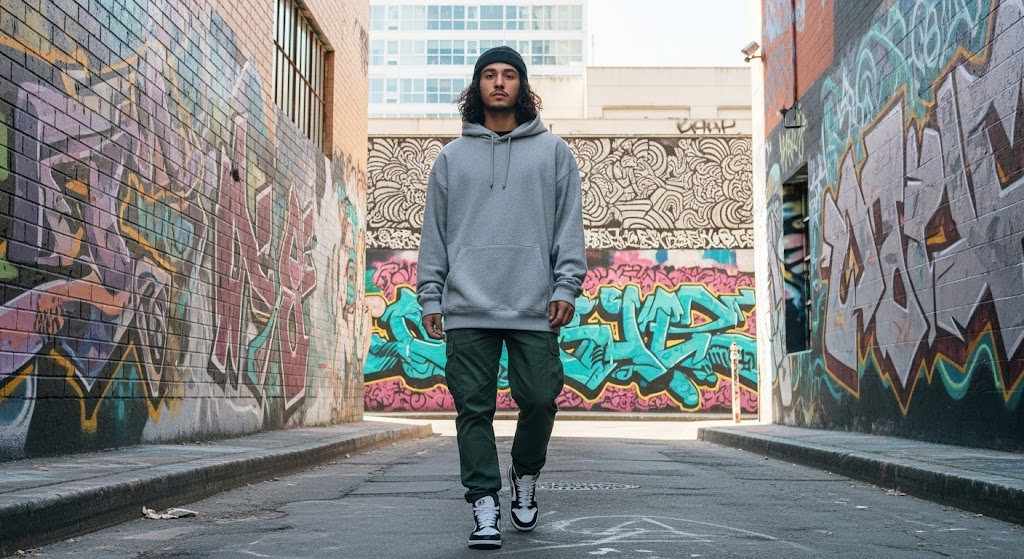Blog
Streetwear Culture: From the Sidewalk to the Runway

What began as an underground movement in the skateboarding and hip-hop scenes has transformed into one of the most powerful forces in global fashion. Streetwear, with its casual silhouettes, graphic tees, sneakers, and hoodies, is not just a trend—it’s a cultural revolution.
A Brief History
Streetwear was born in the streets of Los Angeles and New York during the 1980s and 1990s. Influenced by skate culture, punk, and hip-hop, early adopters wore oversized silhouettes, sneakers, and custom t-shirts. Brands like Stüssy, Supreme, and A Bathing Ape (BAPE) began selling limited-edition drops, creating a sense of exclusivity.
As the internet and social media amplified the subculture, streetwear evolved from niche to mainstream.
The Power of Exclusivity
Streetwear thrives on scarcity. Limited releases, known as “drops,” generate hype and urgency. Fans often line up for hours or refresh websites frantically to grab a piece before it sells out.
This strategy turns clothing into collectibles. A hoodie or sneaker isn’t just apparel—it’s a badge of identity and status. Resale markets on platforms like StockX and Grailed now move millions of dollars annually.
Blurring the Lines: Streetwear Meets High Fashion
In the past decade, streetwear has infiltrated luxury fashion. Collaborations between street brands and high-end houses—like Louis Vuitton x Supreme or Dior x Air Jordan—have redefined what luxury means.
Designers like Virgil Abloh (Off-White, Louis Vuitton), Demna Gvasalia (Balenciaga), and Kanye West (Yeezy) have propelled streetwear to the runway. Oversized silhouettes, graphic elements, and sneakers are now a staple even in haute couture.
Sneaker Culture and Identity
Sneakers are the crown jewel of streetwear. With iconic designs like Nike Air Jordans, Adidas Yeezys, and New Balance 990s, sneakers symbolize more than comfort—they represent heritage, community, and rebellion.
Collectors, known as “sneakerheads,” treat shoes like art, preserving them in pristine condition and trading them like assets. Limited sneaker drops now rival the excitement of concert tickets or tech product launches.
More Than Clothes: A Cultural Movement
Streetwear speaks to youth, rebellion, and authenticity. It represents a shift in power—where the voice of the street influences the boardroom. It’s democratic, raw, and often political.
Streetwear celebrates individuality. Whether you’re layering vintage band tees with cargo pants or rocking a logo-heavy tracksuit, you’re expressing identity without conforming to traditional rules.
Where It’s Headed
While some say streetwear is evolving into “post-streetwear,” the influence remains. More gender-fluid designs, sustainable materials, and global collaborations are shaping the next era.
The true power of streetwear lies in its ability to adapt, break rules, and remain relevant.
